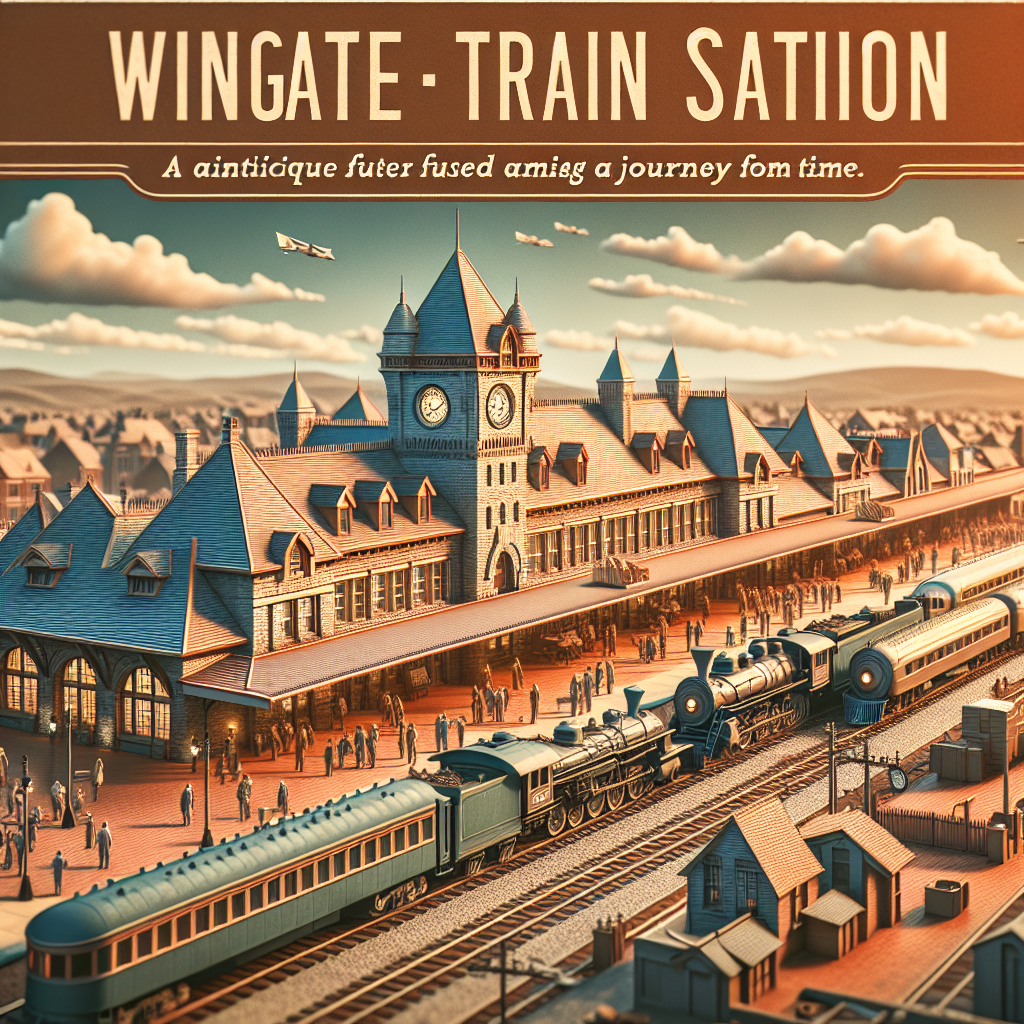The Curious Case of Wingate Railway Station
Imagine a railway station that once bustled with life, now standing as a ghostly reminder of a bygone era. Wingate Railway Station, located in County Durham, England, was a key part of the North Eastern Railway network. It opened in 1839, serving the small mining village of Wingate. The station was a vital hub for transporting coal and passengers, contributing significantly to the local economy. However, it was closed to passengers in 1952 and to freight in 1966, as part of the widespread railway cutbacks known as the Beeching cuts. Today, the station is a relic of the past, with only remnants of its former glory visible to those who visit.
The story of Wingate Railway Station is a reflection of the broader changes in transportation and industry that occurred throughout the 20th century. During its operational years, the station was a lifeline for the community, providing jobs and facilitating travel and trade. The decline of the coal industry and the rise of road transport led to a decrease in railway usage, making many stations like Wingate economically unviable. The Beeching cuts, named after Dr. Richard Beeching, were a series of reductions in railway services and infrastructure across the UK, aimed at curbing the financial losses of the nationalized railway system. While these cuts were intended to streamline operations, they also left many communities without vital transport links.
For the residents of Wingate, the closure of their railway station was a significant blow. It not only affected their daily commutes but also symbolized the decline of their once-thriving mining community. The station's closure forced many to rely on less convenient forms of transport, such as buses or cars, which were not always accessible or affordable. This shift also contributed to the isolation of rural areas, as people found it harder to travel for work or leisure.
Despite its closure, Wingate Railway Station holds a special place in the hearts of those who remember it. For some, it is a nostalgic reminder of a time when rail travel was the norm, and the station was a bustling center of activity. For others, it represents a lost opportunity for economic development and connectivity. The station's history is a testament to the impact of industrial change on small communities and the challenges of balancing economic efficiency with social needs.
There are those who argue that the Beeching cuts were necessary to prevent further financial losses and modernize the railway system. They point out that many of the lines and stations closed were underused and costly to maintain. However, critics argue that the cuts were too drastic and failed to consider the long-term social and economic consequences for affected communities. They believe that a more balanced approach, with targeted investments in key routes and services, could have preserved essential transport links while still achieving cost savings.
Today, there is a growing interest in reviving some of the closed railway lines and stations, including Wingate. Advocates for reopening argue that it could boost local economies, reduce traffic congestion, and provide more sustainable transport options. With increasing awareness of environmental issues and the need for greener transport solutions, railways are once again being seen as a viable alternative to road travel. However, the cost and feasibility of such projects remain significant challenges.
The story of Wingate Railway Station is a poignant reminder of the complex interplay between economic forces, technological change, and community needs. It highlights the importance of considering the broader impacts of policy decisions and the need for thoughtful planning in transportation infrastructure. As we look to the future, the lessons of the past can guide us in creating a more connected and sustainable world.

